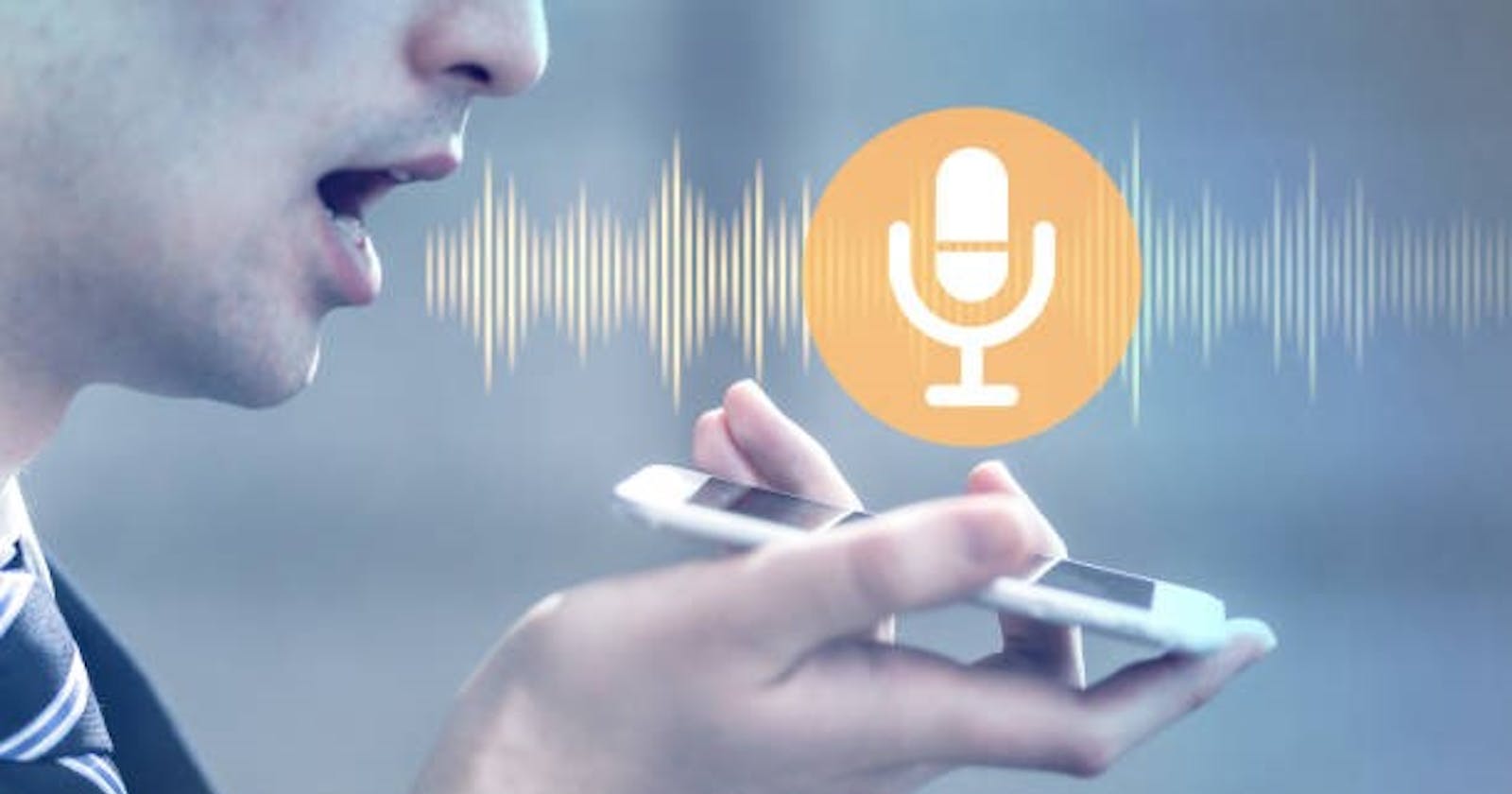What is speech recognition: Speech recognition is the process by which a computer (or other type of machine) identifies spoken words. Basically, it means talking to your computer, AND having it correctly recognize what you are saying.
How speech recognition works? Today, when we call most large companies, a person doesn't usually answer the phone.Instead, an automated voice recording answers and instructs you to press buttons to movethrough option menus. Many companies have moved beyond requiring you to press buttons,though. Often you can just speak certain words (again, as instructed by a recording) to get what you need. The system that makes this possible is a type of speech recognition program – an automated phone system.
You can also use speech recognition software in homes and businesses. A range of software products allows users to dictate to their computer and have their words converted to text in a word processing or e-mail document.
You can access function commands, such as opening files and accessing menus, with voice instructions. Some programs are for specific business settings, such as medical or legal transcription. People with disabilities that prevent them from typing have also adopted speech-recognition
systems. If a user has lost the use of his hands, or for visually impaired users when it is not possible or convenient to use a Braille keyboard, the systems allow personal expression through dictation as well as control of many computer tasks. Some programs save users speech data
Uses and Applications:
Although any task that involves interfacing with a computer can potentially use ASR, the following applications are the most common right now.
Dictation
Dictation is the most common use for ASR systems today. This includes medical transcriptions, legal and business dictation, as well as general word processing. In some cases special vocabularies are used to increase the accuracy of the system. Command and Control ASR systems that are designed to perform functions and actions on the system are defined as Command and Control systems. Utterances like "Open Netscape" and "Start a new xterm" will do just that. Telephony Some PBX/Voice Mail systems allow callers to speak commands instead of pressing buttons to send specific tones.
Wearables
Because inputs are limited for wearable devices, speaking is a natural possibility. Medical/Disabilities Many people have difficulty typing due to physical limitations such as repetitive strain injuries (RSI), muscular dystrophy, and many others. For example, people with difficulty hearing could use a system connected to their telephone to convert the caller's speech to text. Embedded Applications Some newer cellular phones include C&C speech recognition that allow utterances such as "Call Home". This could be a major factor in the future of ASR and Linux. Why can't I talk to my television yet?
by
A.Aslam sujath...
December 25,2021

